#james ballard
Text
i was in your wet dream driving in my car (crash 1996)
#crash#crash 1996#david cronenberg#james spader#james ballard#jg ballard#deborah kara unger#elias koteas#holly hunter#rosanna arquette#*#video#this only took me a couple hours probably bc I’ve been wanting to make it for MONTHS#umm I think it’s fun. I love this song it’s so them!#let me know what you think :)
790 notes
·
View notes
Text

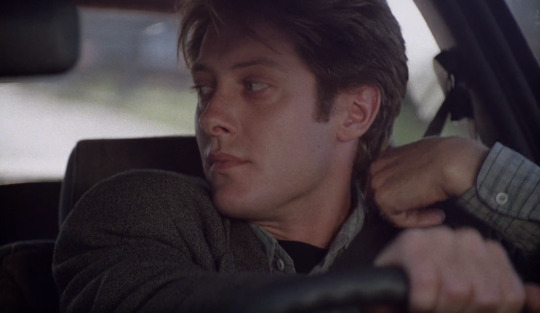
James Spader in Crash (1996) dir. David Cronenberg
#i'm having my usual this morning#haven't slept in 23 hours and rewatching crash#and maxing out my hard drive with jimmy screenshots#that second frame makes me#in the richard hell sense#you make me ______#so on and so forth#crash#crash 1996#david cronenberg#james spader#james ballard
222 notes
·
View notes
Photo




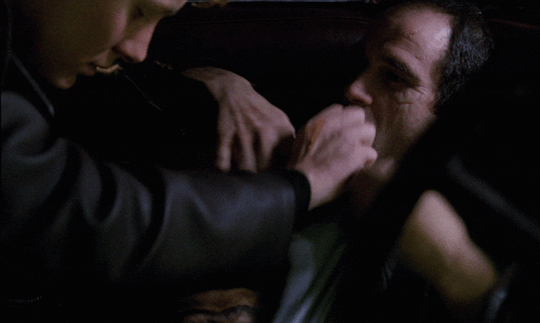
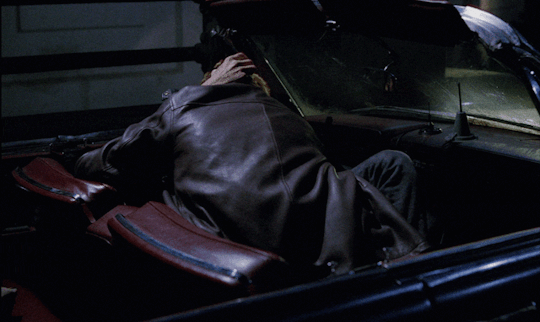
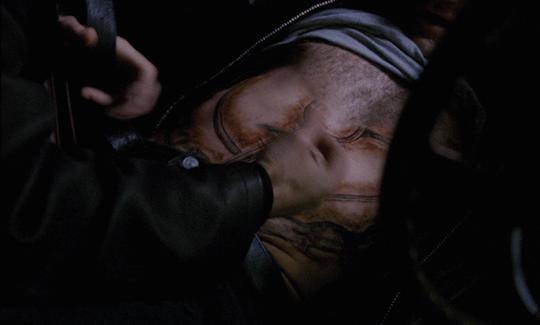

Crash (1996; dir. David Cronenberg)
#crash#crash 1996#david cronenberg#james spader#elias koteas#james ballard#vaughan#filmedit#filmgifs#lgbtedit#gay kiss#mine
3K notes
·
View notes
Text




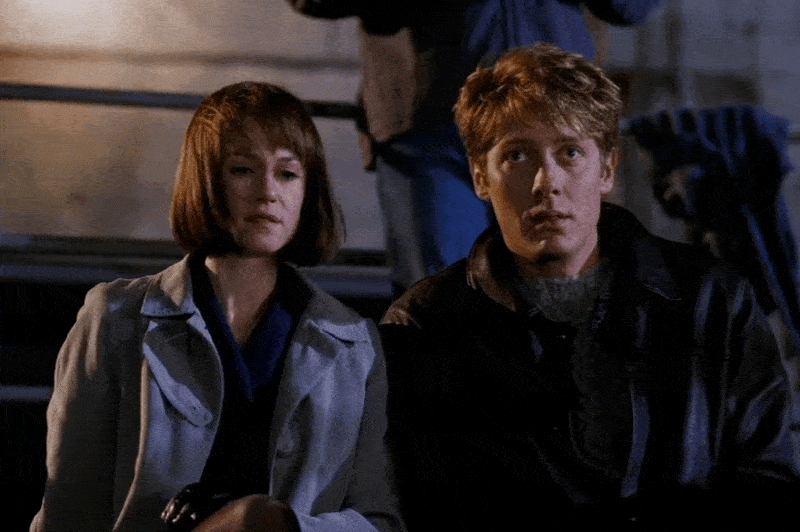
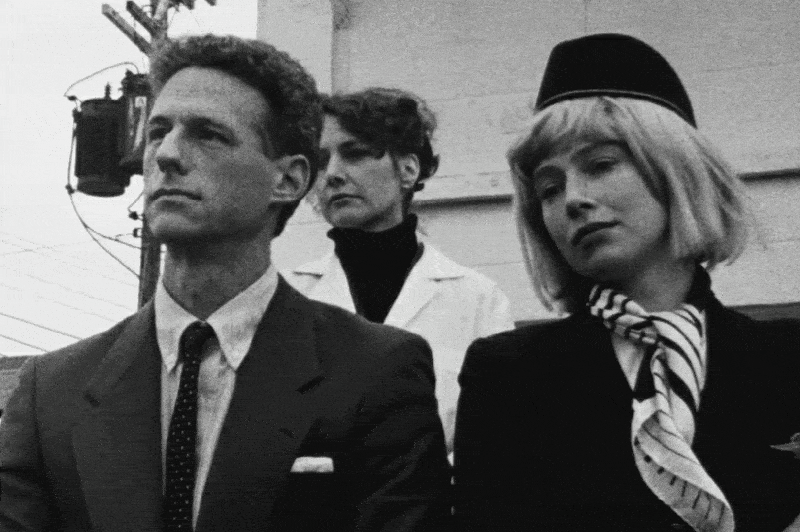

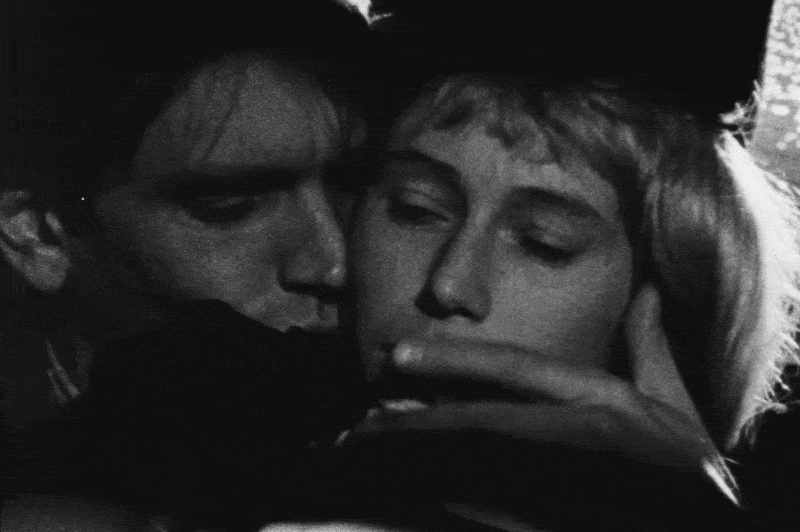
Crash (1996) dir. David Cronenberg
Nightmare Angel (1986) dir. Zoe Beloff & Susan Emerling
#crash 1996#james ballard#robert vaughan#james spader#elias koteas#holly hunter#deborah kara unger#david cronenberg#nightmare angel#bill moseley#zoe beloff#susan emerling#making this took at least 5 years off my lifespan but it was fun nonetheless
120 notes
·
View notes
Text










#190
#crash#1996#david cronenberg#1990s cinema#crash 1996#james spader#holly hunter#deborah kara unger#elias koteas#rosanna arquette#yolande julian#james ballard#catherine ballard#vaughan#cinematography#movie screenshots#movie screengrabs#movie screencaps#movie frames#cinematography appreciation#movie#movies#escapism through film#the beauty of cinema#my ss#cinema#film#90s
474 notes
·
View notes
Text
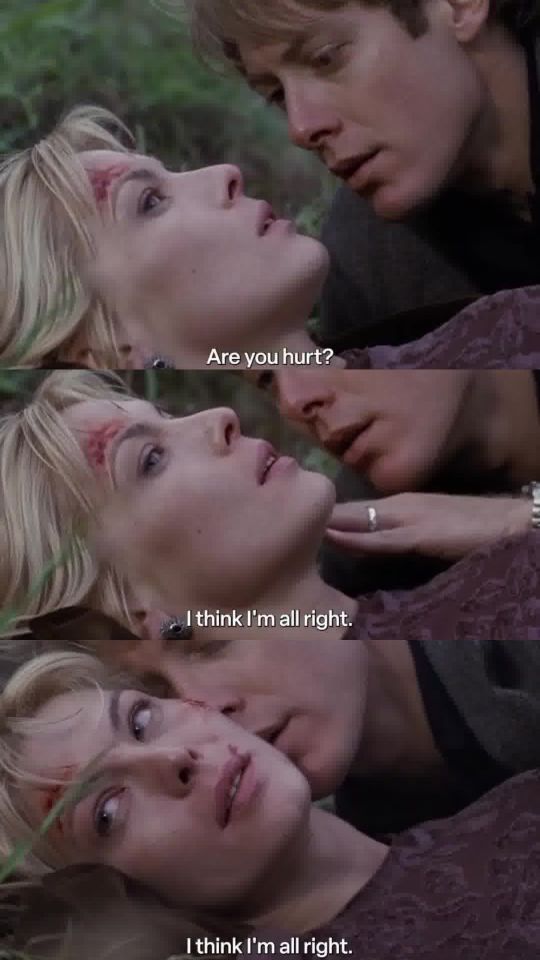
James Spader & Deborah Unger as James & Catherine Ballard in:
Crash (1996) by David Cronenberg
48 notes
·
View notes
Text

12 notes
·
View notes
Text
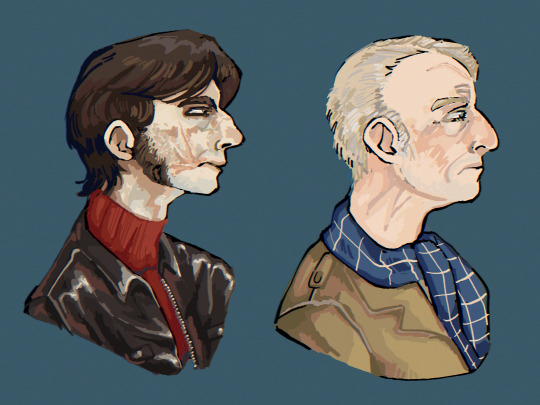
you know what? fuck you. *untwinkifies your James Ballard*
I posted a drawing a while back of the way I imagine these two in the book, but I have since sold my soul to the devil in exchange for better art skills so I present to you a better version
left is Vaughan, right is James
I made these two in tomodachi life as well for the sake of making them get together but James ended up looking like the fucking mayor (?) from miraculous lady bug and I can’t look him in the eyes anymore
#crash 1996#david cronenberg#jg ballard#robert vaughan#james ballard#crash#david cronenburg crash#crash 1973
7 notes
·
View notes
Photo



Chocolate Sperm - Bosiljka Simonovic - 2001 (4min)
#Bosiljka Simonovic#chocolate sperm#lowave sexy shorts#crash#david cronenberg#james ballard#subtitles
74 notes
·
View notes
Text


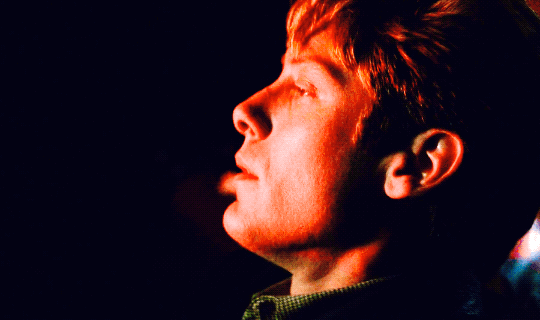
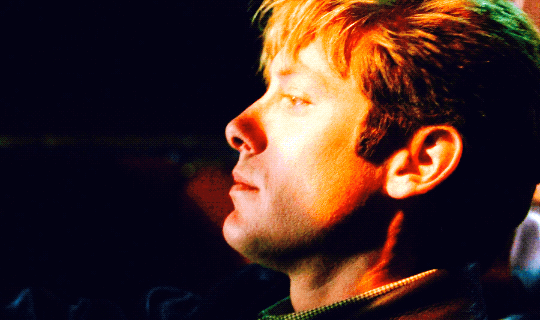
CRASH (1996)
#james spader#crash 1996#james ballard#*#david cronenberg#drive back babyyy fast in your car. crash into me realllll hard <3#that jaw. that face. that maaaaan
284 notes
·
View notes
Text
Okay you're gonna get some pixel recreations of some Mafia 3 characters as ponies so...Get Pony'd nerd!




I spent a bit retweaking some of their designs, and trying to figure out their cutie marks (then trying to figure the marks out AGAIN cause these limited pixels feels like trying to decipher ink blots).

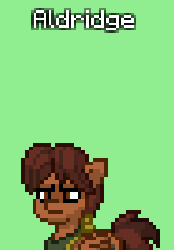
Okay gonna go into some details about their pony counterparts:
I kinda sorta race coded them with the different types of ponies. Italian characters are unicorns, Irish characters (or some army/govt. characters) are pegasi, General population of Americans are earth ponies, as well as some African-American/Haitian/Caribbean while also being a zebra/horse type hybrid. Yeah I know this can all fall apart but I'll be honest...'m not that smart lol.
Lincoln: built like Big Mac/sorta like a Clydesdale. Zorse hybrid + unicorn. Has a darker toned muzzle and fading zebra stripes on his main body and back legs. Has limited magic and usually knows battlefield type magic and some healing. Blank flank because he's unsure of his life, thought he'd get his cutiemark in the army.
Not seen: A magic bolt scar on the right side of his forehead from a failed attack to break his horn, shooting star shaped.
Donovan: Smaller pegasus that has troubles flying. Sock fur patterns on his legs, appaloosa spotty patterns on his main body + freckle patterns on face. Cutie mark is a typewriter he got in college. Major injury on right wing which reduces him to have short bursts of fluttering. Devoted follower of pony JFK.
Father James: Short but lanky earth pony. Still a priest but has a cutie mark he got from field medicine. Faded zebra stripes on his back legs.
Cassandra: purple zorse with a stronger zebra background. Stripes framing her face, main body and legs. Cutie mark is a pierced heart for her own type of magic.
Giorgi: High society unicorn that loves getting his hooves dirty. Wine glass cutie mark with a heart shaped skull within the wine, symbolizing his status but his specialty with backstabbing close ones. Usually uses his magic for him doing illegal stuff.
Anna: disheveled unicorn made up of cool tones. Taken in by a cult for being a rare unicorn in a group of mostly earth ponies. Cutie Mark is a melting skull in the shape of a question mark. Was considered a bad luck mark before she met Bonnie.
Aldridge: Rust colored Pegasus. Considered a pro-flyer within the agency. Cutie mark is a fedora/trench coated figure with glowing eyes. Was responsible for Donovan's handicapped wing. Not scene: scar on his face from his fight with Donovan.
I should do the other characters but I'm stuck on who to do next. Suggestions appreciated!

#mlp:fim#mlp#my little pony#pony town#mafia 3#mafia trilogy#lincoln clay#john donovan#father james#james ballard#cassandra mafia 3#giorgi marcano#anna mcgee#connor aldridge
4 notes
·
View notes
Text
My favorite car fetishist

#traditional illustration#crash 1996#james spader#david cronenberg#jg ballard#crashposting#james ballard
28 notes
·
View notes
Text

Photo credits: James Ballard
Absolutes
Gustave Keyser
(From an ink painting by Seiho)
black on white
crow in snow
hunched
wet lump
on brittle branch
remembering warmth
remembering corn
miserable
as life
is
black on white
"Reflections on a Gift of Watermelon Pickle... And Other Modern Verse" - compiled by Stephen Dunning, Edward Lueders, and Hugh Smith
#book quotes#poetry#reflections on a gift of watermelon pickle#stephen dunning#edward lueders#hugh smith#absolutes#crow#james ballard#seiho#ink painting#gustave keyser#black on white#snow#hunched#wet#remembering#warmth#corn#miserable#brittle#branch
4 notes
·
View notes
Text

The History of New Bordeaux
Situated just a few miles north of New Orleans, Louisiana, “Bourbon City” is home to a unique blend of cultures, night life, history, and music, as well as being one of the busiest ports in the Gulf of Mexico, alongside its sister city. Founded by the French, ruled by Spanish forces for roughly 40 years then purchased as part of 1803’s Louisiana Purchase, New Bordeaux hosts a unique blend of Creole and Latin American cultures and vibrant (though tumultuous) history. The city has always been trapped in a power struggle between countless groups, but despite issues both social (poverty, crime rates, racial strife) and natural (slowly sinking land, hurricanes, floods), New Bordeaux persists as a testament to human will.
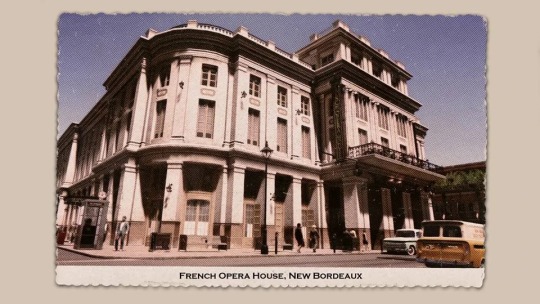
France & Sister City
The first residents of what would become New Bordeaux were Native American nations— Chitimacha, Coushatta, Tunica-Biloxi, amongst many other nations— though following the French exploration during the 1600-1700s (not including De Soto of the 1540s), most indigenous nations had been pushed away from the mouth of the Mississippi River. It was Bienville of France who established the first main settler colonies in the late 1710s, alongside New Bordeaux (which was just considered an outer territory of Nouvelle-Orléans). The city was officially established in 1718, though the original name has been lost to time as different areas called the city different names. Many historians have coined this as the “Proto-Bordeaux” period.
During this time, numerous groups lived in the territory, including: French settlers, formerly enslaved people (typically from the English colonies though not always) as well as free Black people, a few Latin American groups (primarily what is now known as the Dominican Republic and Cuba— note that the surge in this population would occur mostly during the Spanish Trials), and a few natives who had not been successfully pushed out of the region.
Spanish Trials to Louisiana Purchase
While New Orleans fell to Spanish power in 1763, Proto-Bordeaux navigated Spanish influence by avoiding interaction beyond trade. Though they did eventually “fall” into Spanish rule, it took two years for a semi-peaceful transition of power to occur. Under Spanish rule (though not nearly as strong as Spain’s grip on NOLA), Proto-Bordeaux now legally had a class of free People of Color (whereas beforehand it was a disputed but mostly accepted rule) and traded heavily with Cuba, Mexico, and other Latin American countries. The strong Catholic influence showed through the city’s architecture and art despite the Spanish not being extremely active in the city.
In 1796, Proto-Bordeaux faced the “Spanish Trials”, which was an attempt by the Spanish ruling class to unite the areas in hopes of economic gains and control. Countless people were put on trial as “insurrectionists” for disagreeing or speaking out against unification— the records however seem to indicate that most of these people who were put on trial were in fact not speaking out against unification but rather the injustices they faced from other groups in the city. The city would eventually tear itself apart in 1798 before a tentative reunification under brief French rule, thus ending the “Proto-Bordeaux” period.
In 1803, Louisianan territory reverted back to French rule but was sold quickly after by Napoleon in order to gain money to fund his war(s) in Europe. New Bordeaux became a wealthy port city for the United States.
Pre-Civil War
Alongside its sister city, New Bordeaux’s ports sailed raw materials and products to the Caribbean, South America, and Europe. Thousands of enslaved people were sold in its markets, but its free Black community thrived. Until the 1830s, the majority of its residents still spoke French or a local dialect that combined Spanish, French, and Native American languages. New Bordeaux notably had (and still has) a slightly different accent from New Orleans.
During the War of 1812, there was a small battle against British forces, and despite the smaller numbers, New Bordeaux’s citizens won and were able to push the British a bit more south.
Crime organizations from each neighborhood/area began to show up around this time, though it was sporadic— between pirates, smugglers, ethnic crime groups, and other groups, no one held much influence over the underbelly of the city. It was also during this time of crime that a very early form of what would come to be known as the Southern Union and Dixie Mob, respectively, would kidnap freed Black people and sell them to the highest bidder, usually the French or Spanish ruling classes on the ritzier ends of the city. It would be Reconstruction before either gained any significant power.
During Civil War
The Civil War was the largest turning point for NB, alongside New Orleans. Unlike NOLA, the residents were split between Confederate support and Union support, which led to the city more or less destroying itself (again) until a few families— the Harless family and Duvall family most notably— united the city under the Confederate flag. Even when NOLA fell to Union control, the Confederate force of NB attempted to fight back Union troops to no avail.
The Battle of New Bordeaux in August of 1862 (just a few months after New Orleans fell in April) lasted 3 days and ended when General Duvall was killed on field and most of the Confederate troops either fled or surrendered to the Union. The Union’s control of the city marked the second destruction and the end to the first era of New Bordeaux.
Reconstruction
Reconstruction was a turbulent time, especially for New Bordeaux, as the city had entered a new age of tense unification that no one seemed to have wanted. Sharecropping on old plantations in Frisco Fields area was not uncommon, though most free Black people were regulated to poverty with no conceivable way out, even with the aid of the US military. It didn’t take long for former Confederates to fight against every freedom given to the (already freed, for the large part) Black people of NB, to the point that Reconstruction was considered and early failure there. NOLA remained a powerful port, as NB’s older plantations started to fade away into the age of antiquity. However, their port remained mostly intact, and trade became a crutch as the city attempted to heal its internal wounds.
During Reconstruction, Confederate sympathizers and countless KKK-satellite organizations such as Dixie Mob and (more importantly) the Southern Union would seep into the city’s very fabric, alongside the numerous People of Color who already resided there. The United States government continually had a military presence stationed by the ports just in case the city attempted to destroy itself again despite the general failure of Reconstruction. (This would later contribute to the CIA presence in the city, but that would not be until the 40s with the OSS then later the CIA in the 50s.)
During this time, a few cults— most notably the Ensanglante— began to pop up as Confederate sympathizers looked for any and all excuses for their losses during the war. The notion of “the Filth” was in part inspired from Mormon doctrine, and much like Mormonism, focused on white American Imperialism and superiority over everything on Earth. The movements remained an upper-class cult, with the lower classes being “implemented” in the early part of the 20th century.

Early 20th Century
New Bordeaux, once again, began to rebuild its city. In the 1880s, Haitian and Italian immigrants appeared in droves, and by 1910, they were a part of the fabric of the city. Dominican and Cuban influences were already present but it began to show more in the city’s budding night life.
Compared to NOLA’s jazz, NB had more emphasis on dancing and blending together stringed instruments with the brass typical with jazz. Cello, violin, piano, trumpet, trombone, and drums were staples of New Bordeaux jazz, alongside Latin American-influenced dancing (mostly Dominican and Cuban). The Harlem Renaissance of New York influenced art and poetry from the Black community of NB and reinvigorated hope for freedom like what was seen during French-Spanish rule. Drinking also became a staple, and due to the pre-existing smuggling rings from pre-Reconstruction, 1920s’ Prohibition meant barely anything to the citizens. Numerous gangs also rose to prominence in the 20s, including the Italian-American mafia.
The Rule of Sal Marcano
Starting in the late 1800s, smaller crime organizations in different regions of the city had begun to crop up, though it would be until the late-1930s before many (beyond the Italian-American mafia) were able to seize any sizeable power. In the 20s, bootlegging using the underground tunnels was mostly blended between gangs (before Burke showing up), and areas like Delray Hollow (eventually being taken over by Samuel Robinson) and Barclay Mills (Enzo Conti’s area) each had its own crime situation. That all ended after Sal Marcano and his brothers forcibly took over NB’s crime underbelly.
Following the brutal murder of Giuseppe Carrillo (which is known as All Saints’ Day Massacre) under the guise of revenge— Sal had set his father up to be killed over gambling debts then accuse Carrillo of being merciless— the Marcano Family was established and took over all of the city’s rackets. It would be the late 1930s when Sal gained power in Cuba through casinos and ports, which brought in enough money to take the partially-crumbling city into a potential tourist attraction.
Sal was both a blessing and a curse to the city, bringing in more revenue than ever seen before from ports, colleges (which would now be considered STEM-centered), alcohol, weapon smuggling, underground gambling, and more. But, it seemed only to make the rich man richer and the poor man poorer.
Beyond the rule of Marcano, bluegrass and very early rock began (or, began to surge in popularity) in areas such as Delray Hollow, which produced 3 blues legends of the 1930s*.
Mid-Century
The 40s saw a large surge in nationalism in the city, as well as campaigns like Double-V that contributed to a large population of Black people from NB enlisting. Records show that roughly 15% of Black men from the city (who weren’t drafted) enlisted in the war. However, despite their best efforts, the racism back home only got worse thanks to people like Remy Duvall and the Southern Union. It wasn’t all bad however— Delray Hollow began to have more business, and a few social programs were established to help returning veterans gain some amount of education following their time in World War II.
Crime wise, Sal controlled most of the crime scene in the late 40s or otherwise coerced (or intimidated) their leaders into joining him— which is how Enzo Conti rose through the ranks, and Samuel “Sammy” Robinson (who was already head of the Black Mob) gained more influence. It was in the 1950s that the Haitian gang began to form and cause troubles for the Black Mob, following a large influx of immigrants due to political strife and violence back home.
In the 1950s, the town flourished. The night life and local attractions brought in thousands of tourists every year, due in part to the marketing from Lou Marcano, and the Marcano Family had a successful grip on both the police force and crime scene. But no amount of tourism or revenue could save a city so divided.
Following Executive Order 9981 in 1948, then Brown V Board of Education in 1954, protests struck all across the city. The ones that advocated for the instating of these policies turned violent when the police force and firefighters would release tear gas or hose down protesters, leading to countless deaths and widespread fear. Sal Marcano was never officially proven to have ties to these, though it is highly speculated that he played some part in all of this. This would start a trend of protests, violence, then fearful silence that would persist for years. Yet, the people pressed on, painting murals and expressing grievances through art when possible. Music became one of the biggest escapes for People of Color in NB, and rock had a distinct sound in the city. Acoustic guitar mixed with electric, stringed instruments, piano, organ, drums— it would build upon the foundation from the jazz scene, with its own twist of melancholy and anger (which was and is justified).
In the 60s the city trucked on, plagued with even more violence and hatred than ever before, but the starry-eyed hope for change persisted. The Korean War slipped by without much of a mention in the late 50s and no one exactly wanted a fresh war with French-Indochina— the only issue was that this new fangled “Vietnam” was falling to the commies, and god forbid that occur. Compared to World War II, Vietnam saw very few non-draftees from New Bordeaux, and the city’s poorer population tended to side with anti-war sentiment. In a way, social movements from way back in the late 1880s (as mass-industrialization occurred) contributed to the surprisingly strong socialist presence in the city. Alongside this came a vocal Black Power/Black nationalism scene, primarily seen through radio shows like “The Hollow Speaks” and the Black Panther branch that was eventually burnt in 1969.
The Black Mob, led officially by Sammy Robinson, had an iron grip on Delray Hollow despite the tension between them and the Haitians. The area continued to see large art movements, thanks in part to Sammy’s wife Perla, who funded many of the community plays, band nights, and even occasional local school events. Following her passing, a charity theatre was built.
By 1966, Sal Marcano had begun plans on “going legit” by legalizing gambling and creating a casino— it wasn’t suspected or a concern to anyone outside of his payroll, and even then, the move seemed to be purely due to nepotism. He wanted his son, Giorgi, to take over a semi-legitimate business and live comfortably (unlike he did in his early life). This would all backfire in the end.
A City Ablaze
The summer and fall of 1968 were arguably the largest to-date catalyst for the city’s continued turmoil. Many of the details remain vague or under lock and key by the Federal Bureau of Investigation— that being said, many of the files were declassified in 2017 following the (in)famous documentary in 2016 (in-universe, of course).
Following the heist of a federal reserve during the height of New Bordeaux’s liveliest celebration, Mardi Gras, Sammy Robinson’s bar was set on fire with him, his son Ellis, and Daniel “Danny” Burke (son of the bootlegger and notorious drunkard Thomas Burke) being killed preemptively by either being stabbed or shot by Sal and Giorgi Marcano and another man. Sammy’s adoptive son, Lincoln Clay (an army vet and distinguished service cross receiver), had survived being shot in the head and left to burn after being dragged out by a local priest. After a few months of in-and-out consciousness, Lincoln Clay began his violent streak that would tear the city limb from limb.
Starting in early March, the Federal Bureau of Investigation came down to the city to investigate the strange burning of Sammy’s Bar as well as the Marcano Family. The investigation was headed by Jonathan Maguire and faced numerous setbacks from the start— the residents didn’t talk to outsiders (especially not “feds”, since CIA agents and military personnel were already prevalent in the city), evidence was hard to come by, and even most of their surveillance equipment and files were stolen. Despite this, Maguire and his team continued their investigations.
On the other side of ‘justice’, Lincoln Clay, alongside his former CIA handler John Donovan and a cohort of other crime leaders from different areas of the city, proceeded to brutally massacre the entire Marcano Family and any associates that didn’t immediately side with Clay. Interestingly enough, it was Lincoln who did most of the work himself which wasn’t— and isn’t— seen much in gang activity. What is also of note is the sheer publicity and violence of many of the kills (hanging from a ferris wheel in an abandoned amusement park, thrown from the penthouse of the Royal Hotel, hung on a cross and burned alive, gutted alive and hung on a statue, etc.), which became solidified in the city’s history long before the blood dried up.
By October of 1968, hundreds of people— including Sal Marcano and his son— were left dead in warehouses, streets, and pavements. The FBI struggled with keeping track with everything, so much so that Lincoln Clay was able to slip away to god knows where. The city, for the 3rd time in its history, was left in shambles.
The Song Continues
The New Bordeaux Gang War (1969-1973)* temporarily shut down the city’s ports as federal agents and state guard troops attempted to calm the city down, but to little avail. Whatever remnants of the pre-Clay crime scene continually fought for power, money, land, or anything they could get their hands on. By 1973, Thomas Burke of the Irish mob and “Cassandra” of the Haitian gang were both dead, and with Vito Scaletta having fled in 1972, the city was left to smaller regional gangs and the upper-class, plus outside forces. New Bordeaux went back to its Reconstruction state both economically and (partially) socially.
Enter the late-1970s oil crisis; unemployment rose to roughly 30%, crimes spiked by 120% (though most were robbery-related and not murder), and general welfare decreased further than ever before. Then-governor Edwin W. Edwards (1972-1980) signed numerous bills to help build up the economy and specifically aid Louisiana’s port cities with infrastructure, social programs, and economic stability. President Carter (1977-1981) also sent a permanent FBI presence to help with smoother elections and general peacekeeping (in hopes of avoiding too much underground influence in politics as seen with the Marcanos). With this, NB saw new development that aided in restoring the city to at least some extent. Note that some historians state that it was the city itself that mostly did the work, with occasional state and federal help, but there is not enough evidence to suggest that.
The 1980s and 90s continued to evolve the city’s night life, political reforms, and economic development through policies and culture shifts. For the first time since pre-Louisiana purchase, racial tensions also radically decreased, though lynching still remained a hot-button issue. Tourism also began to slowly come back as the city stabilized. It never reached the same peak as it did under Lou Marcano, but the revenue brought in was enough to aid in some social programs and better school supplies for the district. New Bordeaux’s higher education system continued to lean towards STEM schooling though the arts still flourished in Delray Hollow and its historically Black college*, and further national funding helped repair some of the older schools (higher education or otherwise).
Modern Day
New Bordeaux still retains its status as a vibrant night-life city, despite the consistent strife brewing in its residents. Hurricane Katrina flooded roughly 60% of the city— compared to NOLA’s 80% flooding— and killed over 700 residents in the city alone (the official death count was counted at around 2,000 nationally)^. The crime scene is still divided, with drug and human trafficking being the main crimes committed by various gangs. The moniker of “Bourbon City” never died, it simply revealed itself to have a double meaning: the city that will always go up in flames.

Other Notes
Note from wiki: “New Bordeaux is a city on the Gulf Coast of the United States that serves as the setting for Mafia III. It is known for its round-the-clock nightlife, vibrant live-music scene, and spicy, singular cuisine. With ten districts featuring a mixture of ethnicities, the city is a true melting pot of French, Irish, Italian, Haitian, Cuban, African, and American cultures.” All I did was add Dominican as well because Lincoln’s actor, Alex Hernandez, is Dominican and I wanted to pay homage to that. Also because why the fuck not.
NB was a military city in some regards as the US government wanted to use it for ports to spy on other countries (mostly Latin American), hence the CIA presence in the 50s. This also meant that some criminals in NB jails were suckered into joining Project MK-ULTRA, though news about it never leaked outside of the city. The CIA didn’t (officially) stop operations there until the mid-2010s after countless protests from over the years finally caught up.
Deathgrass (rock and “metal” ish influenced bluegrass) has heavy roots in NB. NB is known for its use of the electric guitar and bass alongside drums, acoustic guitar, piano, a variety of stringed instruments like the violin, and poignant lyrics (if there are any) to create an unique city-sound. Music is one of the prides of the city!
*: I do not know much on music history, so if you have commentary, please add it! Or hell, even name ideas or something.
*: I’ll write up a whole other post on this, my thoughts are too scattered to share here yet. I’m open to questions though!
*: Still need to name this and come up with a small backstory. In short, it was established in the 1880s but really only became operational in the 1920s and 30s, and remains open to this day. The 1986 Centennial was definitely fascinating! (I’m just too lazy to elaborate on that.)
^: more people died in this version of Katrina. The real death count was roughly 1,500, based on what I could find.
#mafia 3#long post#lincoln clay#john donovan#father james#james ballard#how else do I tag this#thomas burke#vito scaletta#meta#mafia iii#the personal logs
60 notes
·
View notes
Text
Ivy Nicole in '73:
CW: Mentions of drugs and alcohol but not a ton.
•She’s 27.
•She smokes a little more than she did in '68.
•Still works with Billie and her accounting firm.
•Went to secretary school to officially be a secretary. She is seen as important at work and the ladies at the office convinced her to do it. Ivy Nicole is glad she did.
•She’s debating going to get a degree in accounting so she can officially be a member of the team.
•She and Ellis still live above Sammy’s Bar but they renovate it as they see fit.
•Ivy Nicole finds it a little odd to be helping keep Ellis' books straight now that he's overlooking things instead of Lincoln but she doesn't mind too much.
•Ivy Nicole and Ellis are officially engaged and have been since '70, they just claim they don't have the time to plan a wedding right now (really, they're nervous about getting married because it's a really big step for them and they don't want to fuck up what they have.)
•Ivy Nicole loves hearing about Ellis' day. She's glad that he let's her in on a little more and she doesn't feel so in the dark.
•Her and Ellis go dancing nearly every weekend, and if they aren't out dancing with friends, they're probably at a party.
•Ivy Nicole dabbles a little bit more with substances out while partying and dancing but never gets reliant on it.
•She doesn't take acid as much as she used to.
•She still smokes weed pretty regularly.
•She drank more between 22 to 25 but really cut down because she just kind of got sick of it, she still drinks on occasion, now at 27 she's better managing her alcohol intake.
•They have quite the active life and feel like they never get a break. But they both love it.
•Ivy Nicole still goes to Mass every Sunday and still keeps up with Father James.
•They make sure to eat one meal a week together.
•Father James has been encouraging her to get her degree.
#stevie.txt#text#m*fia game#ivy nicole harris#ellis robinson#father james ballard#james ballard#please ask me to tag if needed!#drug mention#alcohol
2 notes
·
View notes
Text


Blind Eyes of God || District - French Ward
7 notes
·
View notes